The dangerous new Iranian nuclear reality
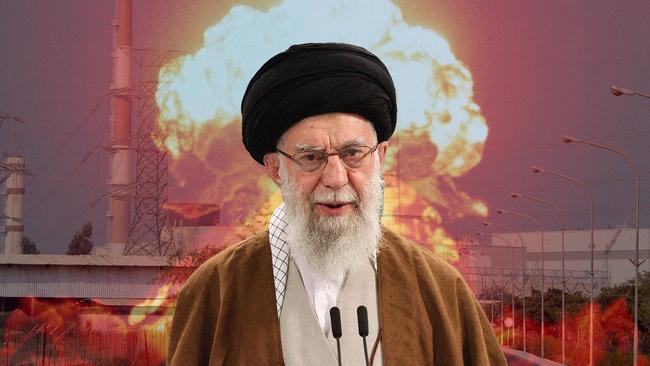
Even as Iran increased its enrichment of uranium, the stance of US intelligence — its “mantra,” in the researchers’ telling — had long been that weaponisation has been paused. No longer. The Office of the Director of National Intelligence’s July report now says Iran has “undertaken activities that better position it to produce a nuclear device, if it chooses to do so.”
What kind of activities? How long would it take to produce that device? We aren’t told. If we were, Mr. Albright and Ms. Burkhard write, “some uncomfortable truths would come out: Iran can do it way too quickly, and initial activities to build the bomb could be difficult to detect and could predate any effort to enrich up to weapon-grade.”
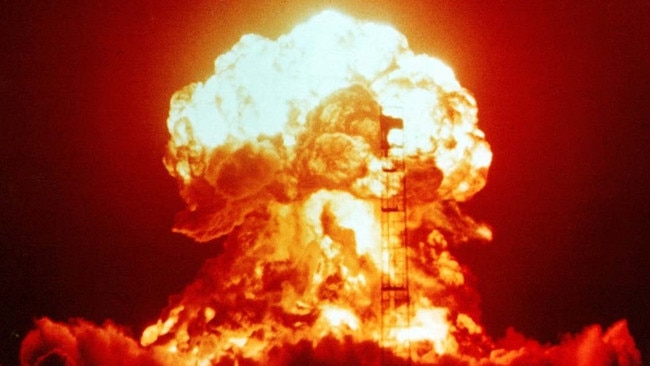
US intelligence didn’t worry much about weaponisation when Iranian enrichment wasn’t so far along. To reach the breakout point — enriching the weapons-grade uranium for a bomb — Iran would have had to avoid detection at multiple facilities for months. Intelligence agencies stood a good chance of noticing with enough time to react.
“This has changed over the last two years, but dramatically in the last several weeks,” the researchers write.
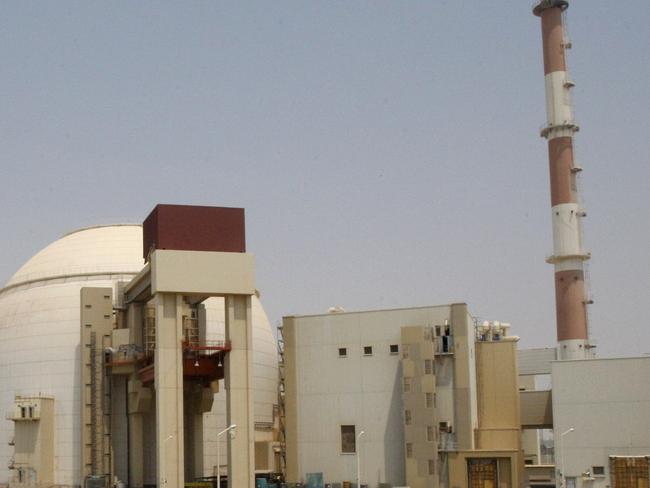
Iran has been allowed to enrich uranium right up to the breakout point, and lately it has expanded a crucial fortified complex near the village of Fordow. “Iran can now ironically break out quickly, in days, using only its deeply buried Fordow facility,” the report says.
This means the West is looking for the wrong signs. “We cannot rely on breakout as the main indicator that Iran is rushing to the bomb,” they write. Iran could leave that almost to the end, confident no one could detect it in time. “If the US is serious about its goal to stop Iran from having a nuclear weapon, detecting nuclear weaponisation activities is increasingly significant as a trigger to act.”
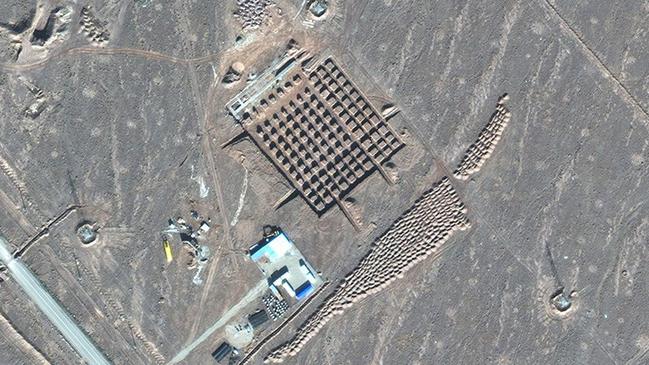
Weaponisation is also tricky to detect, and “we cannot go and ask Iran about it, as Axios has reported the United States did on some computer modelling efforts, an action which makes US officials look like they have been living under a rock,” Mr. Albright and Ms. Burkhard write. Much of what we do know is thanks only to Iran’s nuclear archive — stolen and smuggled out of Tehran by Israel in 2018.
“Iran can make a crude nuclear weapon far faster than commonly assessed,” the researchers warn. “Earlier Institute assessments concluded that Iran could do so in six months. It could be shorter today.”
We have seen since Oct. 7 what Iran does by proxy, and in April it launched 120 ballistic missiles directly against Israel. We may yet see more, as President Biden practices deference and sanctions relief and hides the truth from the public that the revolutionary Shiite regime may soon have the means to kill millions of Israelis — and Americans. Would Kamala Harris or Donald Trump prevent an Iranian bomb? That, too, is on the ballot in November.
The Wall St Journal


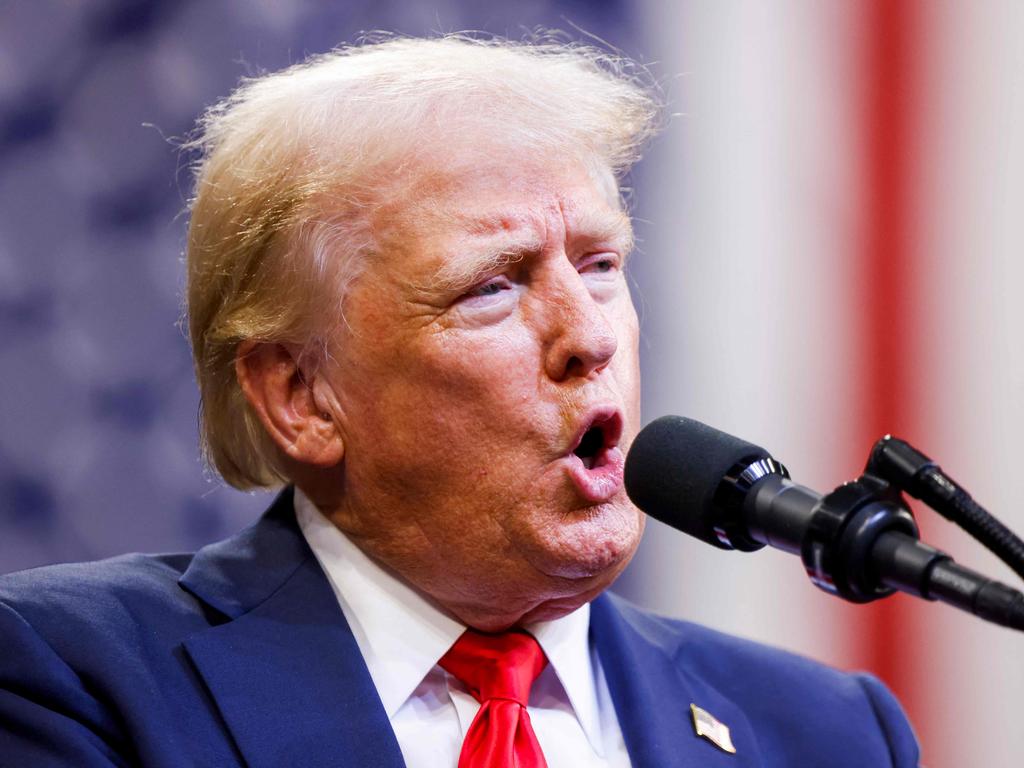


Iran is so close to a nuclear bomb that we need to rethink how we watch for it. That’s the conclusion of a new report by veteran nuclear inspector David Albright and fellow researcher Sarah Burkhard at the Institute for Science and International Security. Both are highly regarded and fact-based analysts.